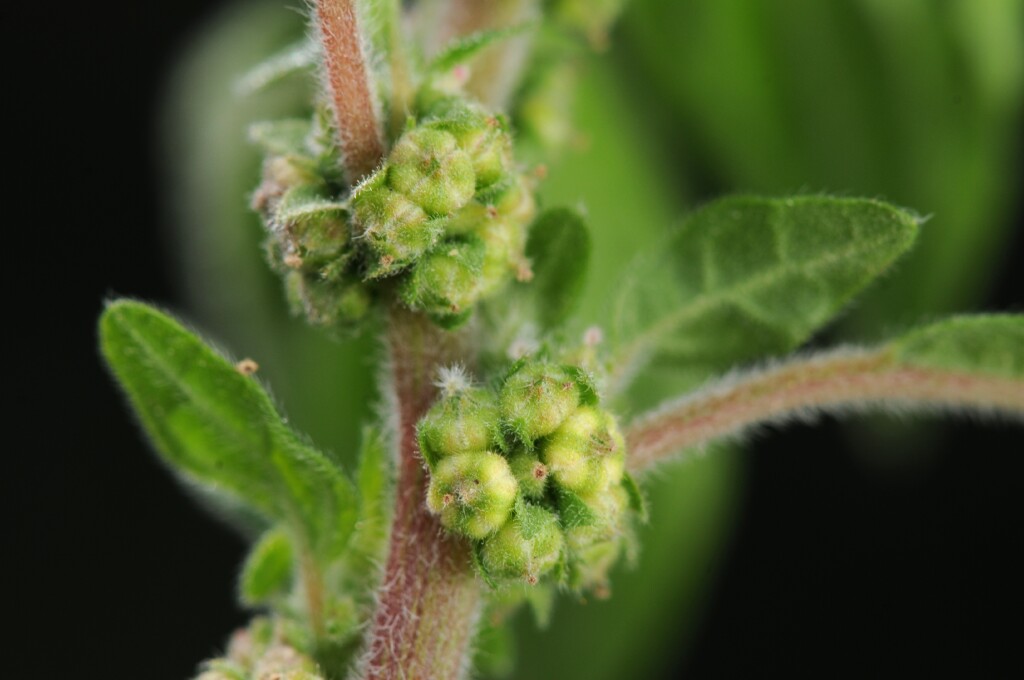Parietaria
Annual or perennial herbs, usually densely covered with hooked or curved hairs, but without stinging hairs; sometimes woody at the base or rooting at the nodes. Leaves alternate, petiolate, entire, usually 3-veined from base; stipules lacking. Inflorescence axillary, usually a 3–many-flowered cyme; bracts supporting each flower or forming an involucre. Flowers bisexual or unisexual; perianth 4-toothed; stamens 3 or 4; style more or less knobbed, topped with dense, long, stigmatic hairs. Fruit an ellipsoid to ovoid achene, often asymmetric, ending in an apiculum exactly terminal or displaced sidewards, enclosed within persistent perianth (sometimes falling together with the bracts).
About 60 species, almost world-wide; 4 species in Australia, 1 introduced.
Gebauer, R. (1996). Parietaria. In: Walsh, N.G.; Entwisle, T.J., Flora of Victoria Vol. 3, Dicotyledons Winteraceae to Myrtaceae, pp. 87–89. Inkata Press, Melbourne.
 Spinning
Spinning



